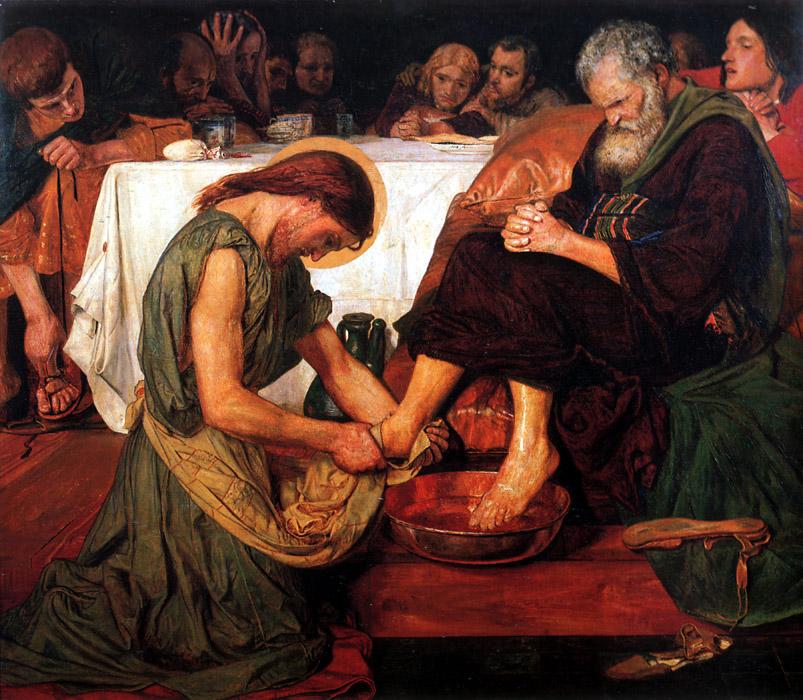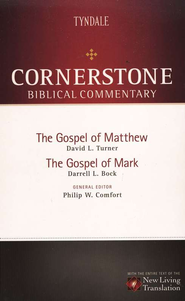 Dr. Nabeel Qureshi (@NAQureshi) is a former devout Muslim who was convinced of the truth of the gospel through historical reasoning and a spiritual search for God. Since his conversion, he’s dedicated his life to spreading the gospel through teaching, preaching, writing, and debating. He’s given lectures at universities and seminaries throughout North America, including New York University, Rutgers, the University of North Carolina, and the University of Ottawa.
Dr. Nabeel Qureshi (@NAQureshi) is a former devout Muslim who was convinced of the truth of the gospel through historical reasoning and a spiritual search for God. Since his conversion, he’s dedicated his life to spreading the gospel through teaching, preaching, writing, and debating. He’s given lectures at universities and seminaries throughout North America, including New York University, Rutgers, the University of North Carolina, and the University of Ottawa.
Bible Gateway interviewed Dr. Qureshi about his book,
Seeking Allah, Finding Jesus: A Devout Muslim Encounters Christianity (Zondervan, 2014)—winner of the 2015 Christian Book Awards®.
 Describe how you were exposed to and trained in the Qur’an while growing up.
Describe how you were exposed to and trained in the Qur’an while growing up.
Dr. Qureshi: I grew up hearing the Qur’an recited so regularly, its cadence was as familiar to me as my heartbeat. When Muslims pray the five daily prayers in congregation, they hear the Qur’an recited aloud by an imam. Since there are at least two Qur’an recitations in each prayer, that means Muslims can recite the Qur’an 3,650 times per year just in congregational prayer. In addition to this, my mother taught me to read the Arabic of the Qur’an before any other language, and I read the entire Qur’an by the age of 5. The best way to put my childhood experience with the Qur’an would be “total immersion.”
You say readers of your book will understand the “offensiveness of Christianity to Muslim eyes.” What do you mean?
Dr. Qureshi: In the Christian worldview, love explains why God created this world, why God died on the cross, how we are to respond to God, how we are to treat our neighbors, etc. Love is the central ethic of the Christian faith, and it underlies everything. The central ethic of Islam is Tauheed, the absolute oneness of God. In Islamic theology, Allah’s sovereignty and unity explain creation, salvation, the human response, etc. Anything which stands against his absolute unity, like the Trinity, is blasphemy. This explains the Quran’s discussion of the Trinity in 5:72-73: believing in the divine Lordship of Jesus is the greatest sin, shirk, and will condemn you to Hell. There is no greater affront in Islam.
How is the case for the Christian gospel stronger than the case for Islam?
Dr. Qureshi: It has to do with the claims made by the two faiths, and the strength of the sources to validate those claims. In the case of Christianity, there is excellent historical reason to believe that Jesus claimed to be God, and that He proved His claim by dying on the cross and rising from the dead. In the case of Islam, the historical sources are simply incapable of making a case for the prophethood of Muhammad, and the Qur’an cannot make an effective case for its inspiration.
What do you consider to be the foundational pillars of the gospel as contrasted with the foundational pillars of Islam?
Dr. Qureshi: Romans 10:9 gives us the foundation pillars of the gospel: Jesus’ death on the cross, His resurrection from the dead, and His divine Lordship. If you truly believe in these three things, you will be saved. Unpacking them theologically explains the gospel, and exploring them historically defends its truth. In Islam, the foundational pillars are Muhammad’s prophethood and the inspiration of the Qur’an. Without these, Islam is ungrounded in truth.
What’s the “litmus test of Christianity” and why is it the dividing line between Christianity and Islam?
Dr. Qureshi: I call Jesus’ death on the cross the “litmus test” between Islam and Christianity because Christianity clearly affirms it (e.g. Luke 23:47) and Islam clearly denies it (4:157). If the historical evidence favors one position or the other, then the evidence favors one religion over the other. And the historical evidence for Jesus’ death on the cross is overwhelming.
How did you become convinced that the Bible was authoritative and trustworthy? Is that when you first began to question your faith in Islam?
Dr. Qureshi: The first time I ever turned to the Bible for guidance and not to critique it, God spoke to me powerfully through it. It felt like a spiritual fountain, and I felt as if I had never drank such water before. But since I had submitted to the authority of the Qur’an for 22 years of my life, I was reluctant to submit myself to the Bible. I did not want to be hoodwinked again. It was when I analyzed Jesus’ teachings about the Scripture, and his view of the Old Testament, that I realized I would not be following Him if I did not give the Bible authority in my life. So I submit to the Bible because I follow Jesus.
Why is properly understanding the Bible so pivotal in a person’s life?
Dr. Qureshi: If your Creator were to speak to you and give you instructions, would you ignore it? Would you not think that His words would be the most important guidance you would ever receive in your life? That is what the Bible is, guidance from God to shape our character and equip us for every good work (2 Timothy 3:16). To miss it would be to miss out on a gift from Heaven.
How can Christians best share their faith with skeptical non-believers?
Dr. Qureshi: The best way to share your faith is to love your neighbor as yourself while you love the Lord your God with all your heart, soul, mind, and strength (Matthew 22:37). When you truly love others as yourself, you will spend your strength and money for them, you will look after them, you will rejoice with them, and you will cry with them. And when they see you loving Jesus with your whole being, they will realize that He is the reason for your overwhelming love. That will open doors for dialogue, move hearts towards the gospel, and cause scales to fall from people’s eyes.
Is there anything else you’d like to say?
Dr. Qureshi: The faith we are called to have is faith that moves mountains. The love we are called to have is a love that extends even to our enemies. The Spirit we have been given is not a spirit of fear, but a spirit of power and love. We are told not to worry about our food or our clothes, but to give these things to those who are in need, to sacrifice of ourselves for the sake of those who are apart from God. That’s why Jesus came, that’s what He did: lived and loved radically. What sense does it make to call ourselves followers of Jesus if we do not follow Him? Follow Him in His love, in His sacrifices, in His grace, so that by all means, some would be saved. It’s the resounding message of the Bible, and its worth our very lives.
Bio: Dr. Qureshi has participated in 17 moderated, public debates around North America, Europe, and Asia. His focus is on the foundations of the Christian faith and the early history and teachings of Islam. He’s a member of the speaking team at Ravi Zacharias International Ministries (@RaviZacharias). He holds an MD from Eastern Virginia Medical School, an MA in Christian apologetics from Biola University, and an MA from Duke University in Religion.












